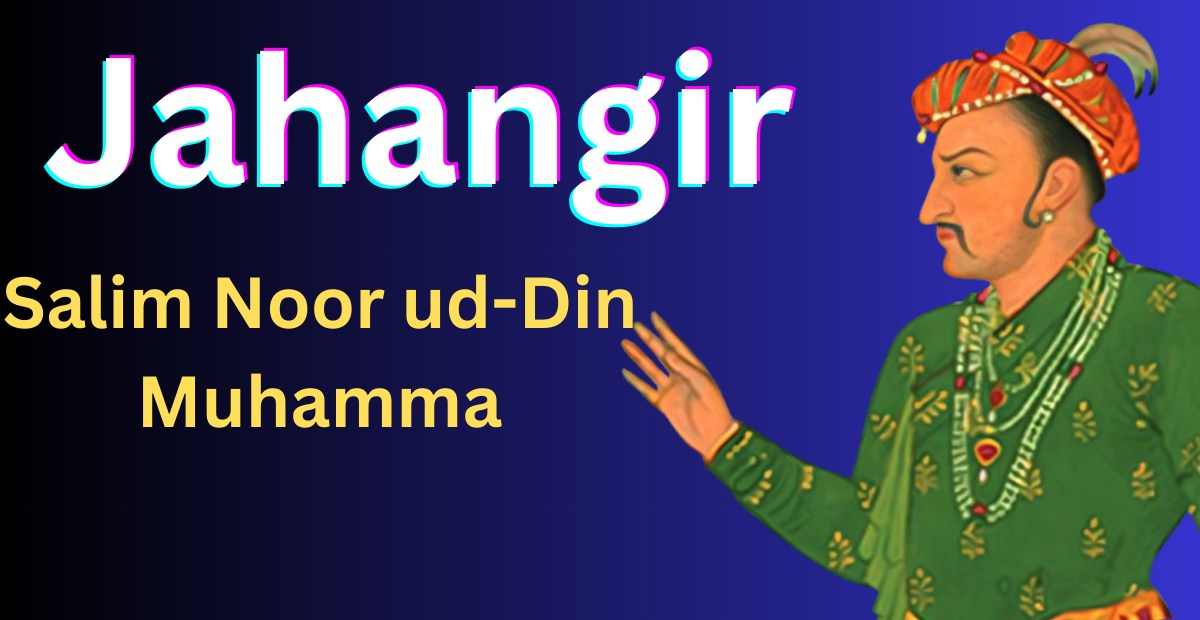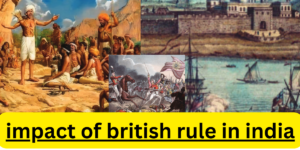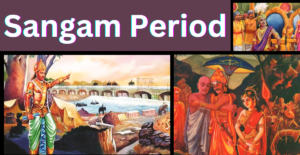Jahangir
Basic Information:
- Jahangir Full Name: Salim Noor ud-Din Muhammad
- Date of Birth: August 31, 1569
- Date of death: October 28, 1627
- Age at death: 58
- Parents: Akbar and Mariam-uz-Zamani.
- Jahangir had thirteen children: Jahangir’s sons Shah Jahan, Khusrau Mirza, Shahryar Mirza, Parviz Mirza, and Jahandar Shah.
Early Life of Jahangir:
Real Name: Noor-ud-Din Muhammad Salim.On August 31, 1569, he was born in Fatehpur Sikri to Emperor Akbar and Empress Mariam-uz-Zamani.The third son, the elder twin brothers, Hasan and Hussain Mirza, died in infancy.Before Salim was born, Akbar and Mariam-uz-Zamani went on a pilgrimage to the dargah of Ajmer Sharif to pray for a son.Qutbuddin Koka was his first teacher and later he was trained in strategic reasoning and military warfare.Jahangir rebelled against his father Akbar in 1599 and made an early attempt to ascend the throne.
A compromise was reached, and on Akbar’s deathbed, Salim was confirmed as the heir apparent.Jahangir ruled from 1605 to 1627, expanding the Mughal Empire.He adopted the regnal name “Jahangir”, meaning “conqueror of the world“.The emphasis on military campaigns and regional,During his 22-year reign he paid significant attention to the arts that contributed to the enrichment of Mughal art and culture.Indulging in alcohol and drugs can affect his health.Jahangir’s Tomb, located in Shahdara, is a major tourist attraction in present-day Lahore.Salim grew up fluent in Persian and modern Urdu, with a respectful knowledge of the Persian court Sahadai (“Turkey”).
Jahangir Successes:
In 1594 , under the command of Emperor Akbar, Jahangir defeated Raja Veer Singh Deo Bundela, captured Orchha and ordered the construction of Jahangir Mahal to commemorate his victory .Jahangir, at the age of 26, led forces against Raja Laxmi Narayan Bhub of Koch Bihar in Bengal , who later accepted Mughal rule.In 1613, Jahangir ordered the extermination of the Koli race in Gujarat, which was notorious for plunder. Many of the Koli chiefs were killed and the rest were hunted down to their hilly regions.
In the same year, the Portuguese captured the Mughal ship Rahimi, which led to Jahangir’s severe reaction. He ordered the capture of the Portuguese city of Daman, the arrest of all the Portuguese in the Mughal Empire , and the confiscation of the Jesuit churches.Jahangir settled a century-long struggle with the household of Sisodia Rajput in Mewar.In 1608, Islam Khan I was sent to subdue Musa Khan, a rebel named Masnat-i-Ala of the Baro-Buyan confederacy in Bengal.Jahangir captured the fort of Kangra in 1615 and besieged it, leading to the submission of the Raja of Champa.In 1620, Kishtwar in Kashmir was captured by Jahangir.Despite his military successes, Jahangir’s reign focused on art, culture, and diplomacy.
Jahangir Under Administration :
Jahangir divided the empire into small portions and appointed reliable subdars for efficient administration .Ensuring honest tax collection and fair.Special courts with just judges were established to maintain justice and law and order.It promoted religious tolerance by appointing officials from different religions and fostering unity.Built better roads, bridges, and waterways for easy travel and trade.Facilitation, mobility, and business across the empire.
He supported and encouraged artists, painters, poets, and musicians, making his court a center of creativity.It recruited officials from different religious backgrounds and fostered a diverse and inclusive environment.It forged alliances and treaties with other countries to ensure peace and preserve the empire.Married in other royal families and strengthened ties.Established a system of post offices and couriers to facilitate quick communication, efficient administration .Introduced improved farming techniques to increase agricultural production .It ensured that farmers had the resources they needed for success, contributing to food security and a stronger economy.
Economy Under Jahangir:
To promote trade and friendship with other countries like Persia and Europe.The increased exchange of goods and ideas contributes to the economic prosperity of the empire.A wide range of crops, such as cotton and sugarcane, made the empire self-sufficient in food.Better roads and bridges were built for efficient travel and freight transportation.Encouraged artisans and artisans, leading to the production of carpet, pottery and jewellery for trade.Tax was reduced for farmers, ensuring that they retained higher incomes.Maintained the stability of the currency by controlling currency production and facilitating smooth trade.It fostered good relations with European countries like England and Portugal and promoted international trade.
Architecture Under Jahangir:
Shalimar and Nishad Gardens in Srinagar:
- Jahangir built Shalimar Bagh and Nishat Bagh in Srinagar, which expressed his love for nature and natural design.
- These gardens are known for their terrace structure, flowing water ways, and beautiful
Completion of Akbar’s Tomb at Sikandra:
- Jahangir completed the tomb of his father Akbar at Sikandra.
- The tomb is a magnificent example of Mughal architecture, a blend of Persian, Indian, and Timurid
Marble and Pietra Dura Introduction:
- Jahangir was instrumental in popularizing the use of marble in Mughal architecture, away from traditional red sandstone.
- He also introduced pietra dura, a decorative art form of setting coloured stones on marble.
- Jahangir’s wife, Nur Jahan, continued this trend by building the marble tomb of Itimaad-ud-Daula/Mirza Ghiyas Beg at Agra.
Moti Masjid in Lahore:
- Jahangir ordered the construction of the Moti Mosque (Pearl Mosque) in Lahore.
- The mosque, made of white marble, reflects Jahangir’s fondness for this elegant and durable object.
Shahdara Tomb:
- Jahangir built his own tomb at Shahdara near Lahore, where he was eventually buried.
- This tomb is an example of Mughal garden tombs, with intricate marble work and a picturesque structure.
Death of Jahangir:
Jahangir, an opium and wine user, suffered from frequent ailments in the 1620s, leading him to Kashmir and Kabul to restore his health.Jahangir, who tried to return to Lahore from Kashmir due to severe cold, died near Bhimber on 29 October 1627. His body was embalmed and his intestines were buried in Buxar Fort in Kashmir. Jahangir’s son, Shah Jahan, built his tomb at Shahdara Bagh, a suburb of Lahore, and made it a popular touristThe death of Jahangir caused a crisis of succession. Nur Jahan accepted her nephew Shahryar Mirza to the throne, while Nur Jahan’s brother, Abul-Hasan Asaf Khan, contacted with her nephew, Prince Khurram (later Shah Jahan).Abul Hassan appointed Tawar Bakhsh as a puppet ruler against Nur Jahan’s wishes. Prince Khurram arrived at Agra, executed both Shahryar and Dawar, and assumed the regency name Shah Jahan in February 1628.





Pingback: Shah Jahan